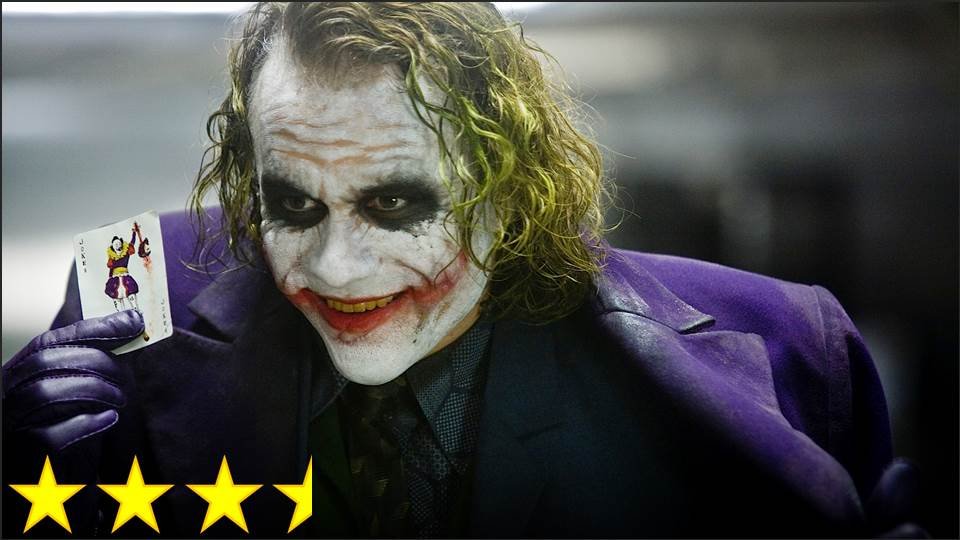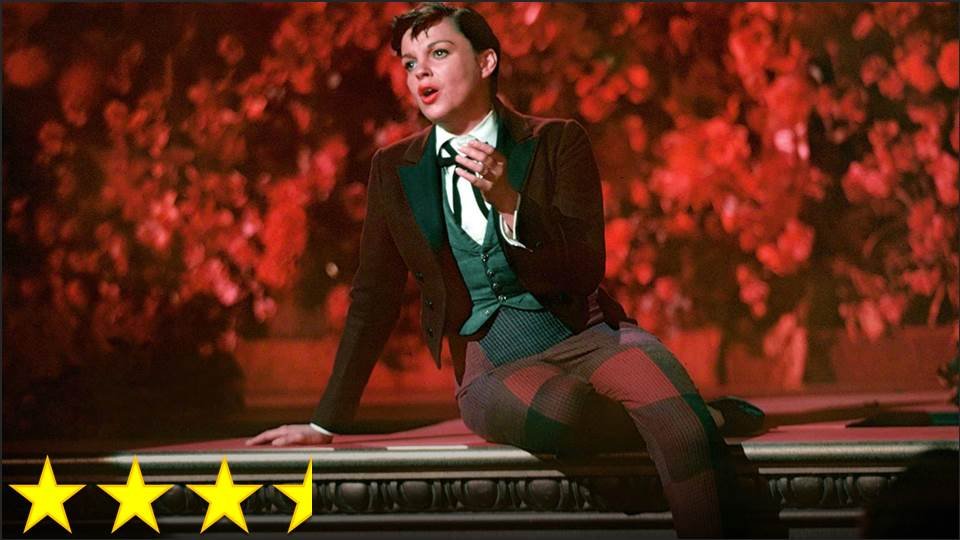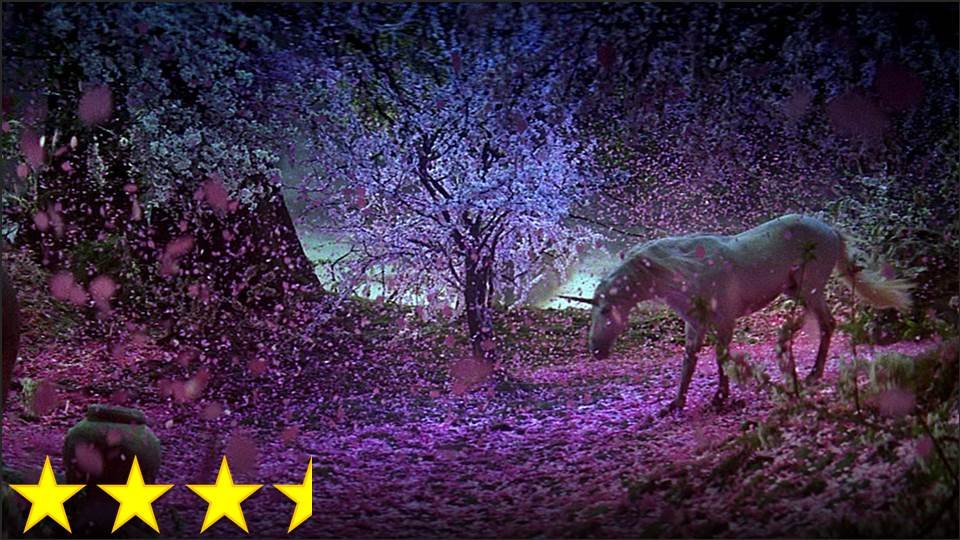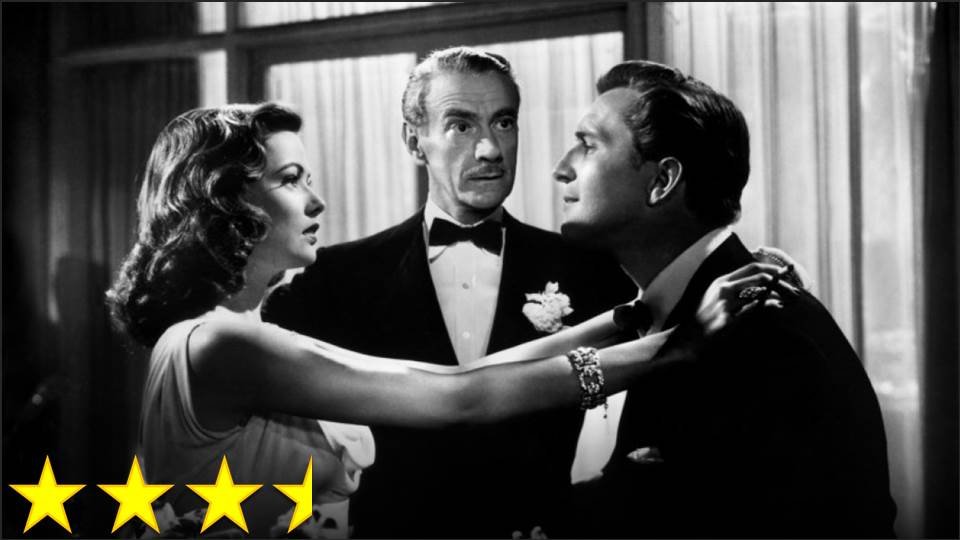I hate giving this film a positive review. I really do hate to do it. This film is just so gray and so obsessed with realism, whereas I like my Batman with color and camp. This film more or less sums up everything I don’t like about DC’s current films – it’s all the top ways to ruin a superhero movie for J. D. Hansel all rolled into one package. Every time I think the movie is finally starting to move towards the end, it takes another turn and goes off towards a different climax than I expected, drawing out the film as much as possible. I know we’re all supposed to love this movie, or at the very least we’re supposed to love this version of The Joker, but even him I found irritating – he just never stopped talking with that annoying voice and dialect. To put it simply, the version of Batman presented here is relentless in its efforts to make me take a grown man in a bat costume fighting a silly clown entirely seriously, and I just have to ask, why so serious?
Now, all of these complaints are issues I pretty much knew I would have with the film before I saw it, so my expectations were low to begin with, but there’s one thing that’s made me feel the need to give it credit: the screenplay. Not everything about the writing tickles my fancy – I’ve already mentioned how lengthy and convoluted it seems – but this is to be expected since gritty action just isn’t my genre. What I do know is that a good movie uses its first few minutes to build up “hype” for the rest of the film, and this film does just that, with an opening that is, again, not my cup of tea in terms of style, but still fun, captivating, and well-executed. More importantly, I had no idea just how many quotes that are commonly used in pop culture – even used by me – come from this movie. Watching The Dark Knight was, in this sense, like reading Shakespeare or The Bible because I kept learning more and more about where common phrases I take for granted (e.g. “Some people just want to watch the world burn”) originate. For this reason, I’ll give it credit for bringing the superhero genre to a new level of classy, intelligent writing.





